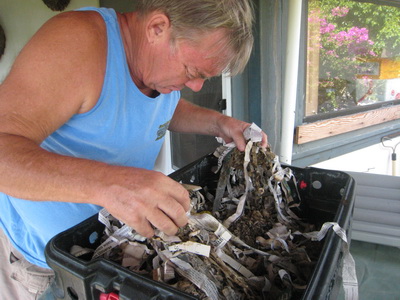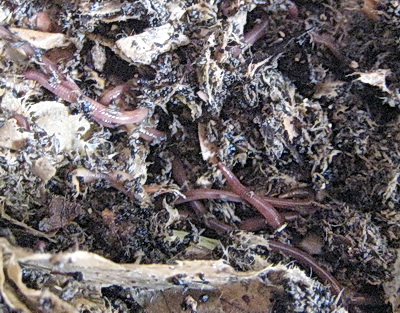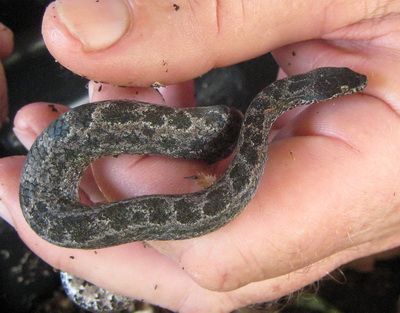Protect our wild life and I hope everyone enjoys these photos.
Marta

Protect our wild life and I hope everyone enjoys these photos.
Marta

Barry is always into new and different things and here he is rooting around trying to find a Pygmy Boa.
We now have a bin that we created for our compost worms filled with moistened shredded paper which we feed every three days or so with scraps of fruit, vegetables, egg shells and coffee grounds. So when Barry found a Pygmy Boa in our wash house at Harbour Club Villas last night, he popped it in with the worms. I wanted to take photos in the day light so we had to find a temporary home for it.

Here's some of the worms and in about another four months, we should be able to harvest the finished compost.

This Pygmy or Dwarf Boa is about 12 inches long which is about the size that they grow to here in the islands.
These snakes are non poisonous and harmless. They have a yellow or orange tailtip which serves as a lure to their prey and also apparently the colour may discourage predators.
The Turks and Caicos Dwarf or Pygmy boa is endemic to these islands meaning that this snake is only found in the Turks and Caicos Islands.
Our island snakes are at risk and are preyed upon by cats, dogs and rats. In the past, Barry has shown boas we’ve found to several of our local friends and visitors to Harbour Club so that they can see how harmless these snakes really are. Next time you are fortunate enough to see one, remember that they need our protection in order to survive here in the Turks and Caicos.
Marta